Gorillas captivate our imagination like few other creatures on Earth. These gentle giants share approximately 98% of our DNA, yet their world remains shrouded in mystery for most people. Beyond their imposing physical presence and famous chest-beating displays lies a complex society of intelligent, emotional beings with surprising behaviors and abilities. Here are five fascinating facts about gorillas that will deepen your appreciation for our closest living relatives.
1. Gorillas Have Unique Fingerprints and Noseprints
Just like humans possess distinctive fingerprints that set each individual apart, gorillas have unique identifying features that researchers use to distinguish one animal from another. While their fingerprints share remarkable similarity with human patterns—featuring loops, whorls, and arches—it’s actually their noseprints that serve as the most reliable identification method in the wild.
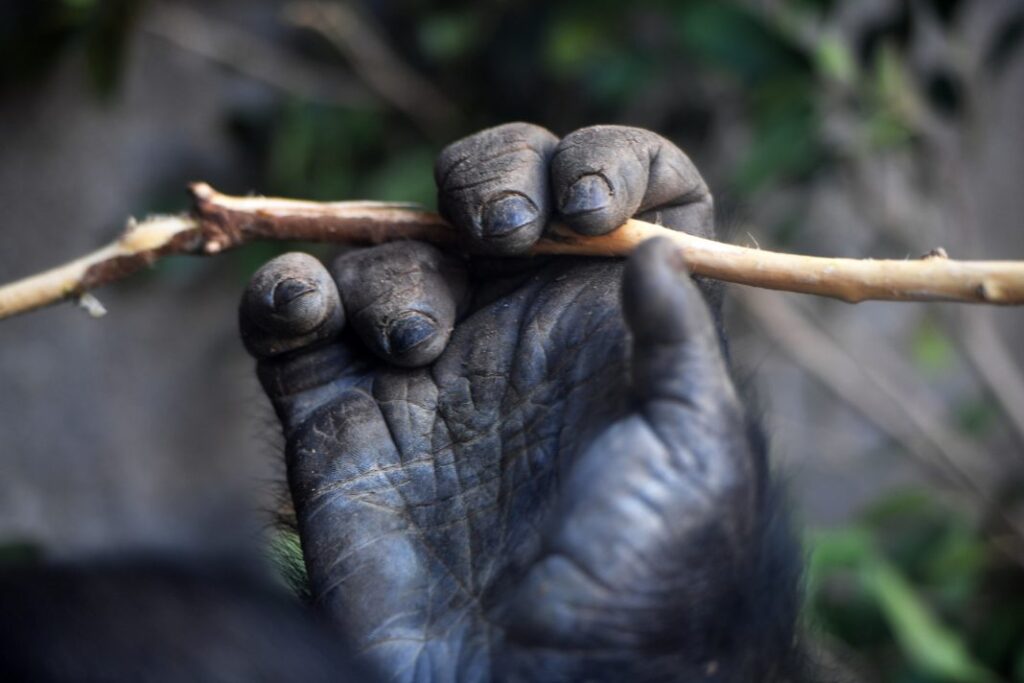
Each gorilla’s nose has a distinct pattern of wrinkles and creases, much like a human fingerprint, that remains constant throughout their lifetime. These unique nasal patterns allow researchers to identify and track individual gorillas across years of field studies without invasive tagging or marking. Scientists photograph these noseprints to create identification databases, helping them monitor population dynamics, family structures, and individual life histories.
This biological uniqueness extends beyond physical features. Recent studies have revealed that gorillas also possess individual personalities, with some being more curious and adventurous while others display shyness or boldness. These personality traits remain consistent throughout their lives, influencing everything from foraging behavior to social interactions within their family groups.
2. They’re Architectural Geniuses Who Build Fresh Beds Every Night
While many people know that gorillas are large and powerful, few realize these primates are accomplished architects who construct new sleeping nests almost every single evening. This nightly ritual isn’t mere habit—it’s a sophisticated behavior that demonstrates planning, skill, and attention to comfort and hygiene.

Adult gorillas bend and weave branches, leaves, and vegetation to create circular sleeping platforms both on the ground and in trees. The construction process typically takes between five to thirty minutes, with gorillas carefully selecting appropriate vegetation and positioning their nests in safe locations away from potential dangers. Mountain gorillas usually build ground nests due to their substantial weight, while lighter lowland gorillas often create elaborate tree nests up to forty feet above the forest floor.
What makes this behavior particularly fascinating is that gorillas rarely reuse nests. By building fresh beds nightly, they avoid sleeping in areas contaminated with parasites or waste from previous nights. Young gorillas learn nest-building techniques by watching their mothers, initially sleeping in their mother’s nest before attempting their own constructions around age three. These early attempts are often comical, with youngsters creating lopsided or unstable structures before mastering the craft.
Scientists studying abandoned nests can determine the age, sex, and even health status of gorillas by examining nest size, construction quality, and location. This non-invasive research method has become invaluable for gorilla conservation efforts worldwide.
3. Gorillas Communicate Using Over 25 Distinct Vocalizations
The chest-beating display might be the most famous gorilla behavior, but their communication system is remarkably sophisticated, involving at least 25 different vocalizations along with gestures, postures, and facial expressions. This complex language allows gorillas to convey emotions, maintain social bonds, coordinate group movements, and establish hierarchy.

Their vocal repertoire includes everything from soft purring sounds during feeding—indicating contentment and maintaining group cohesion—to sharp alarm barks that warn of potential dangers. Silverback males produce deep, rumbling vocalizations that carry through dense forest, helping separated group members relocate each other. During tense encounters with rival groups, silverbacks may produce hooting sequences that escalate to roars, accompanied by dramatic displays of strength.
Young gorillas engage in playful chuckling that sounds remarkably similar to human laughter, occurring during wrestling matches and chase games with siblings. Mothers use soft grunting sounds to reassure infants, while distress calls prompt immediate protective responses from other group members. Perhaps most intriguing, research has revealed that gorillas can modify their vocalizations based on context and audience, demonstrating a level of intentional communication once thought unique to humans.
Some gorillas in captivity have even learned rudimentary sign language, with the famous Koko mastering over 1,000 signs and understanding approximately 2,000 spoken English words. While controversial, this research suggests gorillas possess cognitive abilities and communication potential far exceeding previous scientific assumptions.
4. They’re Surprisingly Picky Eaters With Gourmet Preferences
Despite their enormous size and strength, gorillas are primarily vegetarian with surprisingly refined dietary preferences. Mountain gorillas consume up to 40 pounds of vegetation daily, but they don’t simply eat everything available—they’re selective gourmands with distinct food preferences and sophisticated foraging strategies.
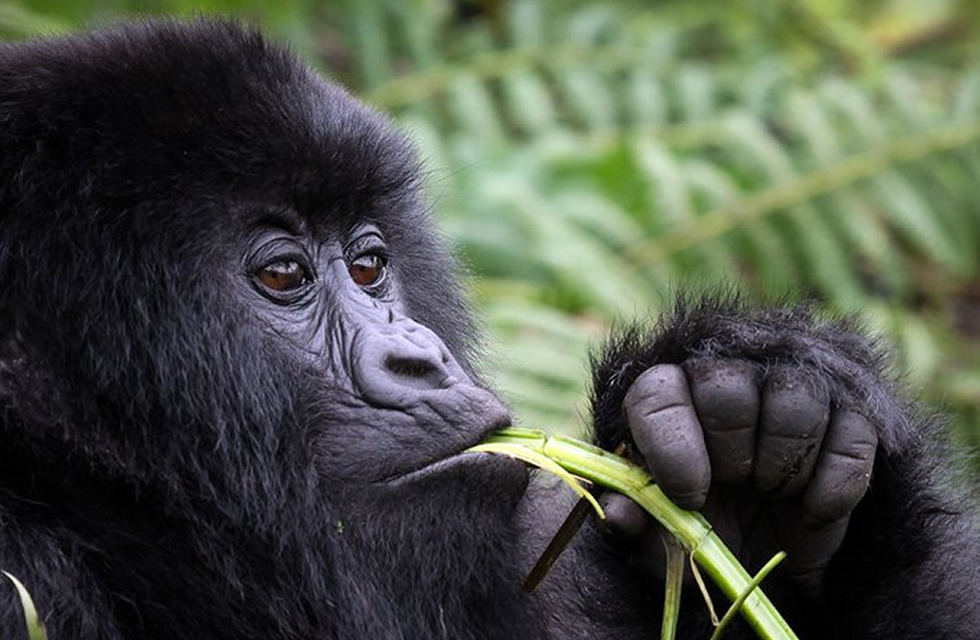
Gorillas have been observed eating over 140 different plant species, but they show clear preferences for particular plants, parts of plants, and even individual trees. They favor young, tender shoots over mature leaves, carefully peel bark to access nutritious cambium layers, and select fruits at peak ripeness. Some gorillas demonstrate regional food cultures, with different populations showing unique dietary preferences passed down through generations.
Their feeding behavior reveals impressive botanical knowledge. Gorillas avoid toxic plants, consume specific vegetation for medicinal purposes when ill, and adjust their diet seasonally based on nutritional availability. They’ve been observed eating small amounts of soil and charcoal, likely to neutralize plant toxins and supplement mineral intake—a behavior called geophagy shared with various other primates.
Interestingly, western lowland gorillas consume significantly more fruit than mountain gorillas, who live at higher elevations where fruit is less abundant. This dietary difference influences their behavior, with frugivorous lowland gorillas traveling greater distances to locate fruiting trees while mountain gorillas maintain smaller home ranges centered on reliable vegetation sources.
5. Silverbacks Are Devoted Single Fathers When Necessary
While we often focus on mother-infant bonds in primate societies, silverback gorillas demonstrate unexpected paternal devotion that challenges assumptions about male parental involvement. When a mother dies, the dominant silverback adopts orphaned infants, providing care that goes far beyond mere tolerance.
These massive males, weighing up to 400 pounds, show remarkable gentleness with vulnerable offspring. Adoptive silverback fathers allow infants to sleep in their nests, share food, provide transportation by carrying youngsters on their backs, and intervene in conflicts to protect their adopted charges. They adjust their travel pace to accommodate small infants and wait patiently while youngsters play or rest.
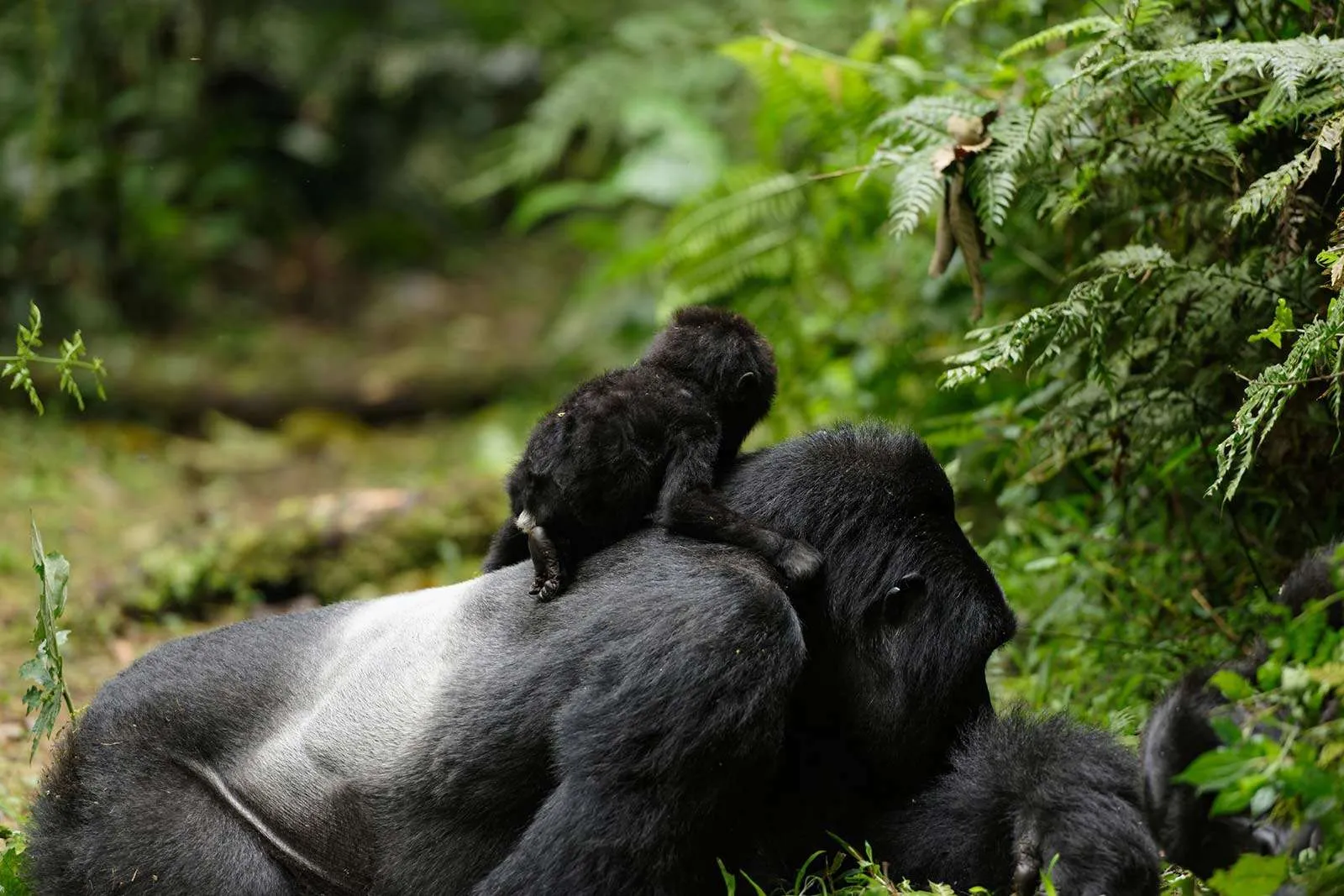
This caregiving behavior isn’t instinctual—it requires the silverback to fundamentally alter his daily routine and energy expenditure. Research shows that silverbacks who adopt orphans experience increased stress and reduced feeding time, yet they maintain this commitment for years until youngsters gain independence. The survival rate for orphaned gorillas adopted by silverbacks rivals that of infants raised by biological mothers, demonstrating the effectiveness of this paternal care.
This behavior reveals the deep emotional capacity of gorillas and suggests that strong social bonds within gorilla families extend beyond immediate maternal relationships. Silverbacks recognize their role as protectors and providers for all group members, embodying leadership that balances strength with compassion—a complexity that continues to reshape our understanding of these magnificent primates.
Planning to visit Uganda for a gorilla trekking safari in Bwindi impenetrable forest- we at Mumwe Safaris will be more than delighted to organize for your a memorable safari worth every penny you pay. Contact us now by sending an email to info@ugandasafaribookings.com or call us now on +256-700135510 to speak with the reservations team.
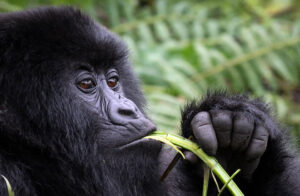


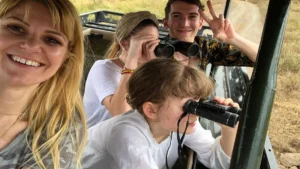
More Articles
Where to Find the Big Five on a Single Uganda Safari Tour
How Your Uganda Safari Supports Local Communities
Key Client Requirements for Booking a Uganda Safari Online